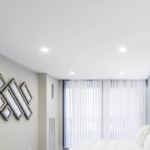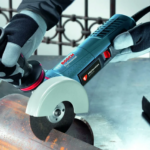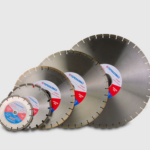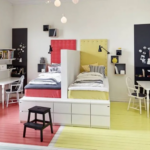Having a country house, I always want to also have an additional extension in the form of a terrace. Recently, the thermalmodrevin has been used to plan such a terrace. Such wood goes into production after processing with a temperature of 185 degrees to 230. During such thermal effects, the destruction of cellulose and hemocellulose occurs, as a result of which the wood acquires physical and mechanical properties with a specific effect. The main properties are a decrease in waterwork. Thanks to this, the material is not deformed when the humidity and air temperature change.
Also, one of the most important advantages is the fact that after heat treatment, the entire nutrient medium for microorganisms dies, respectively, the wood does not rot. Therefore, wood can not be covered with various antiseptics. All these advantages allow you to use such wood to rebuild terraces in the open air, moreover, it will serve durable. The only disadvantages when using such wood are that the sheets are very fragile for a break, so they require the maximum attention when installing.
The Russian construction market presents such types of wood, subject to high -temperature treatment as birch, ash, pine and maple, despite the fact that almost any wood can undergo such processing, preserving all positive qualities. In the process of processing, wood changes color to a darker, noble shade. In some cases, in some breeds, the color acquires a brown-red tint. But, under the influence of long -term sunlight, the color fades, and goes into more gray shades. For these cases, there is a specialized solution that protects wood and preserves the original color.
As a rule, a sheet of such wood in length reaches from one and a half to 3.5 meters, a width of 90 centimeters to one and a half meters. The thickness of such a sheet is 20-40 millimeters. All these parameters depend on the customer and on the variety of the breed of the wood itself. Sheets can be both with a smooth surface and with corrugated, and in the latter case, use is more relevant, as it reduces and protects from sliding during rain and wet weather.





